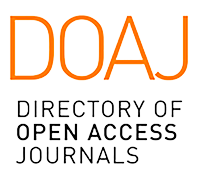Abstract
Alberto Dallal defines the dance phenomenon as the movement of bodies in
space, which is invariably “significant”. He then specifies the main
characteristics of choreographic composition. In addition, the author
raises questions to make us think about the notation problems which are
inherent to choreography. He also presents the problems of the lack of a
universal language within the evolution of dance. The usage and acceptance
of a universal language are the basis of a lasting and legible record of
all memorable sessions throughout the development of dance. In addition,
the author detects problems in “silence” and time, which are related to
musical silence, the notions of “no-movement”, and “no-meaning”. Despite
the paradox that make them antipodes, these elements are interdependent.
Using these theoretical explanations, the author demonstrates the
importance that the choreographer has had in modern societies, given their
high level of especialization.
Downloads
Download data is not yet available.


















